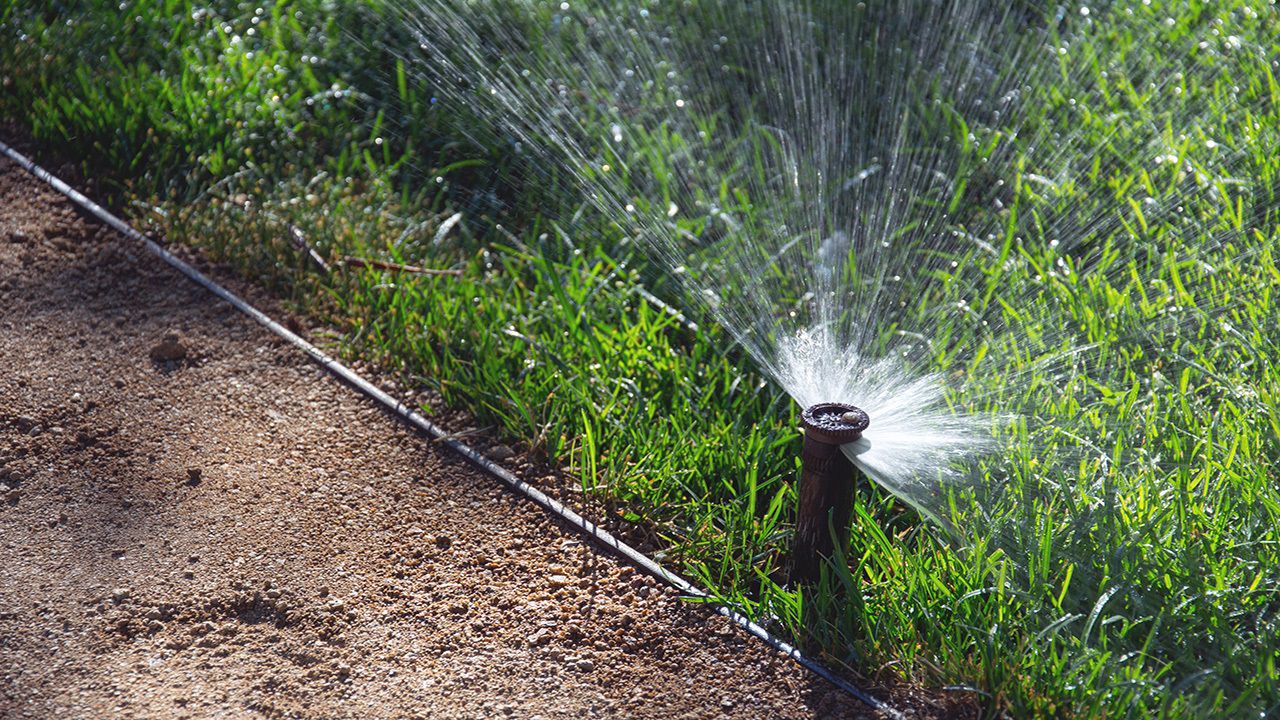A recent cold snap may have you thinking ahead to winter. Lucky for us, the jet stream pattern has shifted, allowing for a dominant ridge of high pressure and much warmer temperatures to settle back in for a while.
If you haven't already done so, it's time to winterize those sprinkler systems before the cold returns.
Let's delve into the reasons this needs to be done:
- Why: Because a non-winterized system may incur damage and lead to costly repairs
- Why: To extend the life of your irrigation system by maintaining the integrity of the equipment
- When: It's best to do this before the first hard freeze and especially before the winter season
Here in the northeast where the cold season lingers on for months, the freezing level easily extends below the depth of installed water piping.
As water freezes and changes state from a liquid to a solid, it ends up with more volume. So, the ice basically occupies more space. If water lingers in the lines during the cold months and freezes, it creates volume. The ice then puts pressure on sprinkler structures that are typically made of plastic.
Without winterizing, the added pressure of ice can cause splitting or rupturing of the sprinkler pipes as well as damage the sprinkler heads and internal components. This could end up costing you a lot of money in repairs, cha ching.
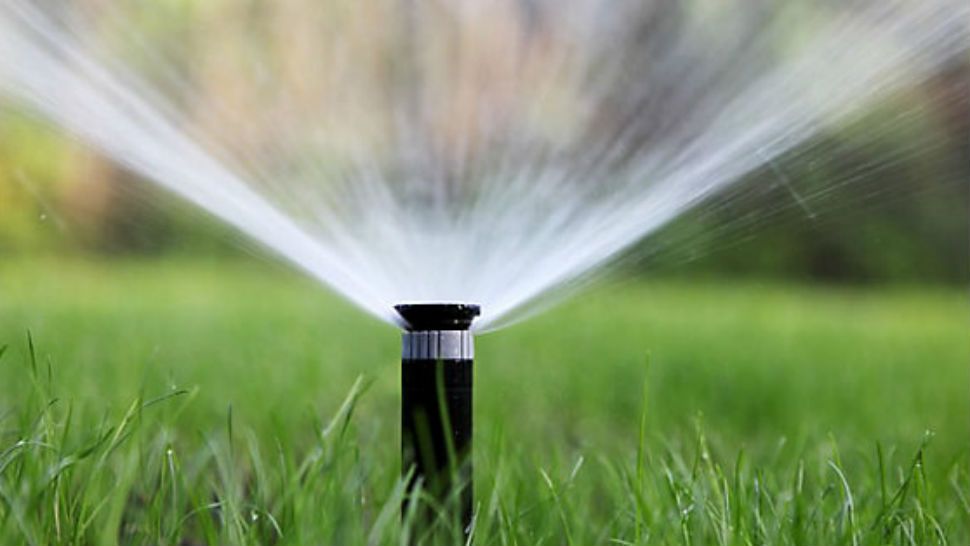
Along with forecast highs in the 60s and lows in the 40s this week, you may be inclined to keep the system working, but it's also important to get ahead of winterizing.
There are some steps to emptying your irrigation framework that involve a bit of labor and time.
Here are the basics:
- Shut down the irrigation control system
- Turn off the water source
- Drain the lines (depending on your set up, this can be done manually, automatically, or with a "blow out" method)
- Once the lines are empty, cover the above-ground piping and the main shut-off valve with insulated foam wrapping or insulated tape
Blowing out the system is a common method performed to expel water from the pipes. Blowing out is done through forced air from a compressor.
Some folks choose to tackle this chore on their own, while others leave it to the professionals. This may sound relatively straightforward, but keep in mind irrigation systems consist of different zones and lines that need to be cleared separately.
Taking care of residential sprinklers is one thing, but places like golf courses winterize on a much larger scale.
I was fortunate enough to learn about this process from an expert in his field, McGregor Links Country Club Co-Owner and Superintendent Joe Kehn.
McGregor Links Country Club in Saratoga Springs is a stunningly beautiful and historic golf course built in 1921. The Links course is lined with pine trees and has a great mix of memorable holes, making it a highly sought-after destination for golfers.

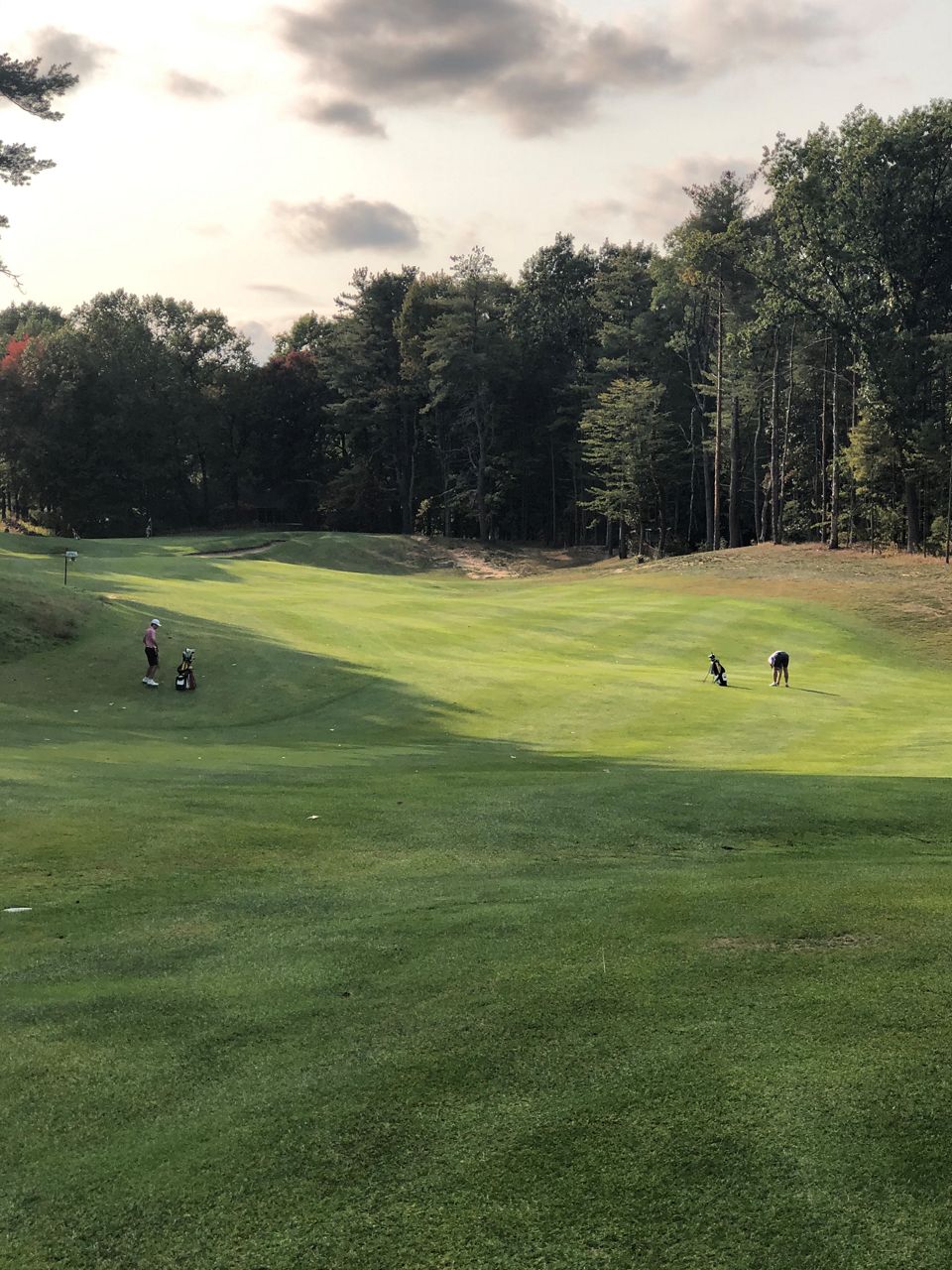
Kehn was kind enough to explain the steps he takes to prepare a vast area of land for winter.
"It's late October, the leaves are falling, and you know what is coming. It's time to blow out your irrigation system.
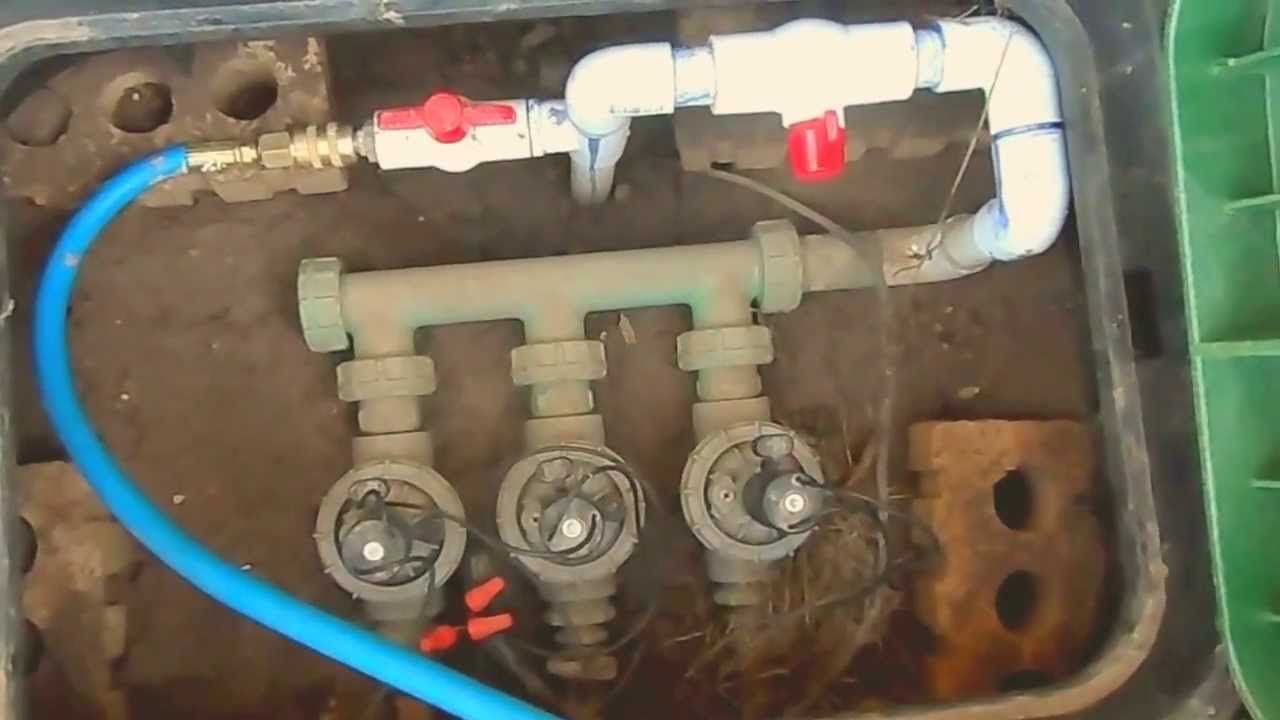
Whether it's a residential or commercial system such as a golf course, you must remove all the water before winter. Otherwise, you can risk serious damage to the pipes and sprinkler heads. Many residents will use a contractor to do this, but for you do it yourselfers, here's what you need to know.
First, shut off the main water valve. If you have an automatic system, make sure you turn the program off. Some systems have a manual draining system that allows you to open a valve at the lowest point and drain the water out.
It's not the best way, but this will get most of the water out of the pipes. The best way is with compressed air."
"This is measured by PSI or pounds per square inch. Your sprinkler heads usually come on at 30 to 50 PSI. Therefore, you need a compressor that will provide you a PSI rating from 50 to 80.
Hook up one end of the hose to the compressor to adjust PSI to 50. One by one, blow out each sprinkler until air comes out and water stops.
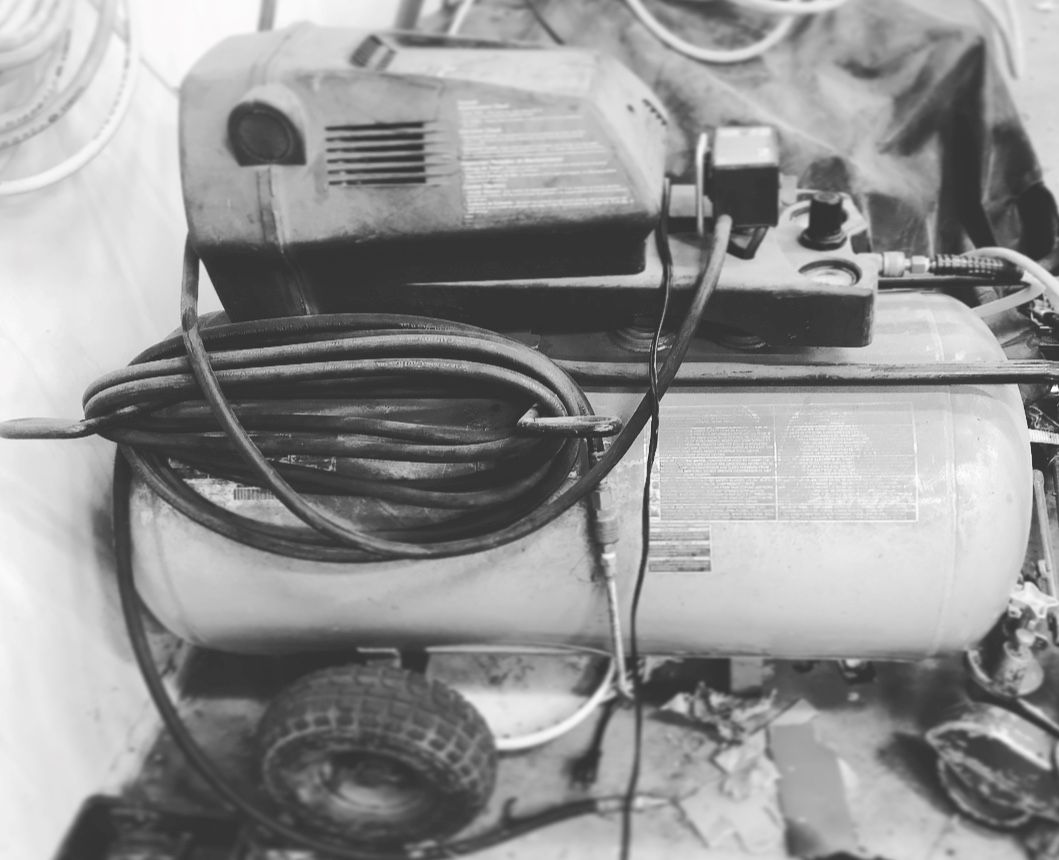
Always have at least one sprinkler head on so as not to damage the pipe. Soon you will be water-free and ready for winter.
Golf courses such as mine take a little more time, like two days. Having over 250 sprinkler heads and two miles of underground six-inch pipe requires a lot more time and air pressure to clean our lines.
I rent a commercial compressor able to maintain 120 psi. I use the same methods as the residential system only on a larger scale.
When the air blows through all 250 sprinkler heads, I know my system is clear and ready for winter. Then we can look forward to spring."
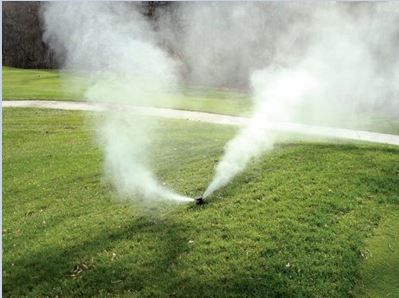
Hopefully, in reading this expert advice from Kehn, you have a feel for how irrigation works and what it takes to protect it.
Whether it's home or commercial, hiring an irrigation service or grounds crew professional to handle your sprinkler system can run you a fee, but it sure seems like it's worth it to have it done right.
As you travel through the neighborhood and see water blowing high into the air here and there, you may be witnessing the process of irrigation winterizing.



